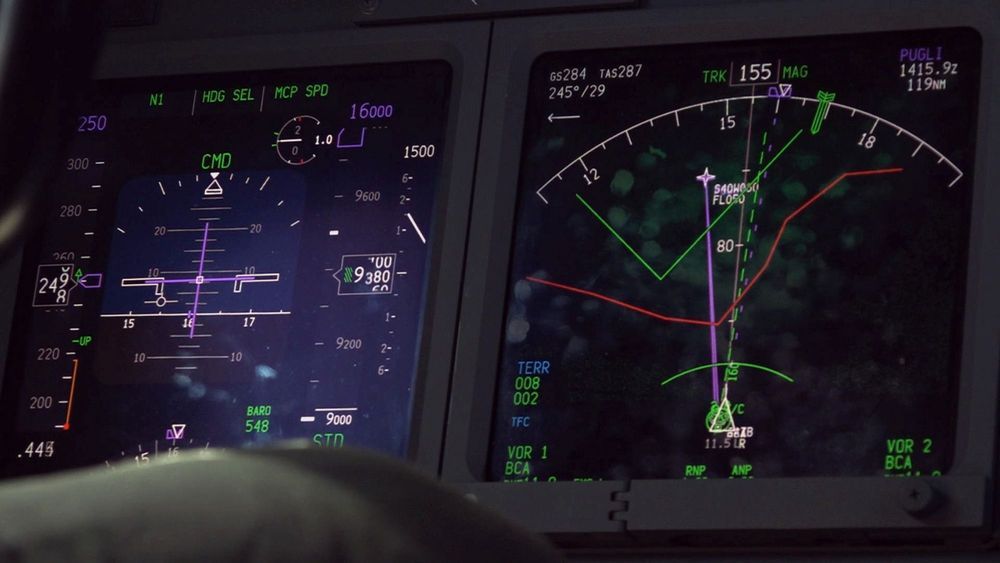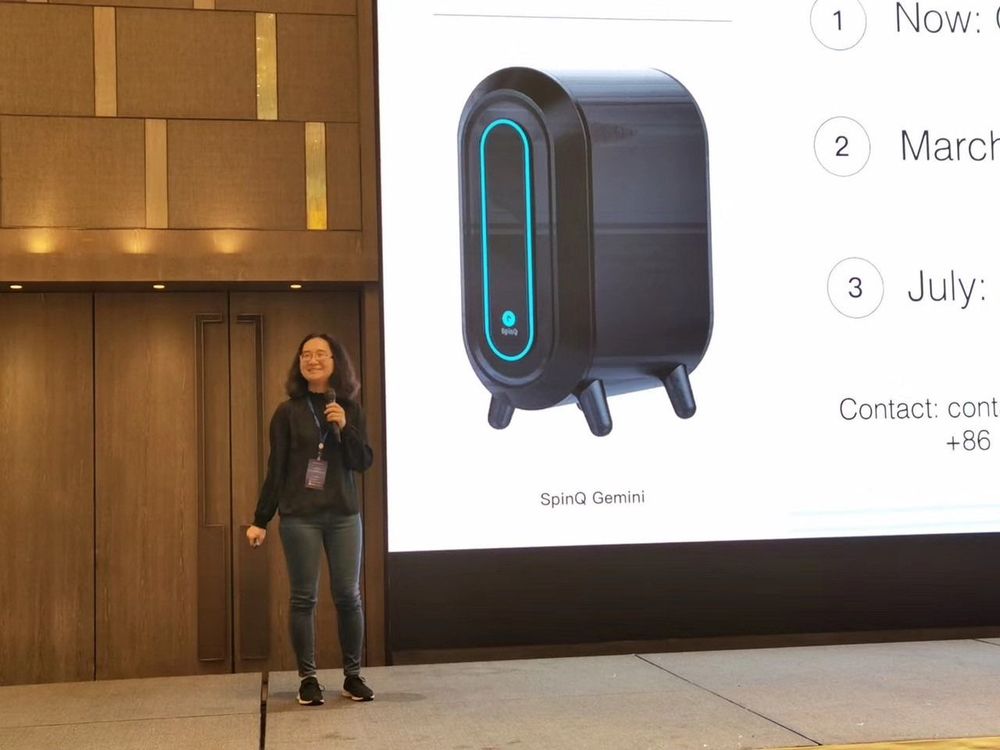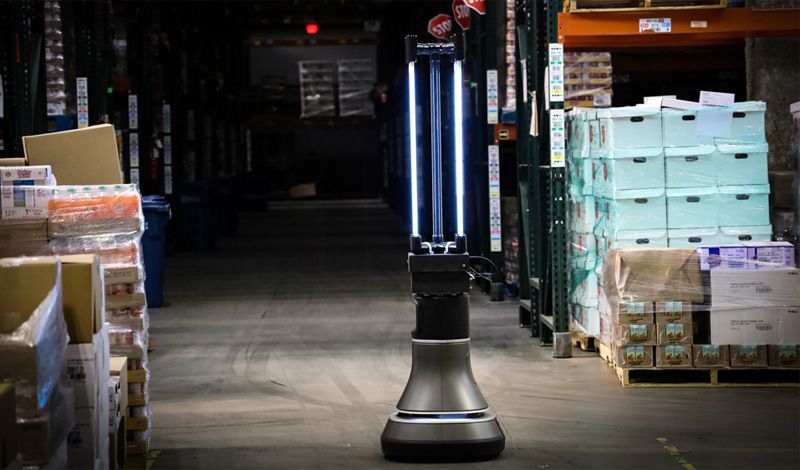Before NASA astronauts fly the Orion spacecraft on Artemis missions to the Moon and back, engineers needed to thoroughly test its ability to withstand the stresses of launch, climb to orbit, the harsh conditions of deep space transit, and return to Earth. NASA designed Orion from the beginning specifically to support astronauts on missions farther from Earth than any other spacecraft built for humans.
In June 2020, engineers completed testing on a duplicate of Orion called the Structural Test Article (STA), needed to verify the spacecraft is ready for Artemis I — its first uncrewed test flight. NASA and its prime contractor, Lockheed Martin, built the STA to be structurally identical to Orion’s main spacecraft elements: the crew module, service module and launch abort system.
The STA testing required to qualify Orion’s design began in early 2017 and involved 20 tests, using six different configurations — from a single element, to the entire full stack — and various combinations in between. At completion, the testing verified Orion’s structural durability for all flight phases of Artemis I.






